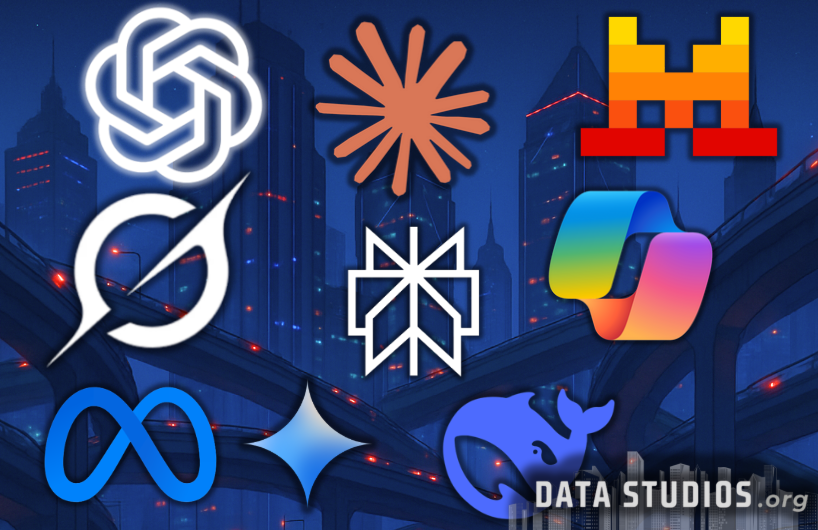How Chatbots Understand What You Type
- Graziano Stefanelli
- May 11
- 3 min read

Definition
When you type a message to a chatbot, it uses natural language processing (NLP) to figure out what you mean and decide how to respond. This process includes breaking down your words, detecting intent, and extracting useful details like names, dates, or topics.
MORE ABOUT IT
Chatbots don’t read messages like humans do. Instead, they process each message as structured data using a mix of rules, algorithms, and models. Their goal is to recognize the intent (what you want) and any entities (important details) in your message.
For example, when you type “I need to book a flight to London next Friday,” a chatbot might break it down like this:
Intent: Book Travel
Entities: Destination = London; Date = next Friday
Once the chatbot understands this structure, it can take action — like asking for your preferred airline or offering available times.
This understanding is powered by NLU (Natural Language Understanding) engines, which use models trained on thousands (or millions) of real-world messages to learn how people phrase the same request in different ways.
Key Components of Understanding
✦ Tokenization: Splits your sentence into words or parts (tokens).
✦ Intent Recognition: Identifies the goal of your message (e.g., ask a question, make a request, cancel something).
✦ Entity Extraction: Pulls specific details like names, products, dates, or numbers.
✦ Context Awareness: Understands how your message fits into a larger conversation (if it’s part of a multi-step dialogue).
Example Breakdown
User message:"Can you cancel my hotel booking for next week?"
NLU Output:
✦ Intent: Cancel Booking
✦ Entities: Type = hotel, Date = next week
This lets the chatbot confirm the details and take action confidently.
What Powers This Process
✦ Rule-Based Engines: Match keywords or patterns (good for simple bots).
✦ Machine Learning Models: Learn from example data to detect intent and extract entities.
✦ Large Language Models (LLMs): Tools like GPT can analyze full sentences using billions of text samples.
✦ Predefined Intents & Entities: Developers configure what the bot is trained to recognize.
Challenges in Understanding
✦ Typos and Slang: Bots must handle spelling errors, abbreviations, or casual speech.
✦ Ambiguity: One phrase might mean different things depending on context (e.g., "I’m done" could mean finished or frustrated).
✦ Short Messages: One-word inputs like “refund” or “help” give little context.
✦ Multiple Intents: A message like “Cancel my flight and book a hotel” contains two actions at once.
How Bots Improve Over Time
✦ Training with More Data: Feeding the bot more examples helps it recognize new patterns.
✦ Monitoring Errors: Developers log misunderstandings and add those examples to training.
✦ Feedback Loops: User thumbs-up/down or corrections guide retraining cycles.
✦ Model Updates: NLP engines are often retrained or fine-tuned as usage increases.
Tools That Handle Message Understanding
✦ Dialogflow: Google’s NLP platform for structured intent/entity recognition.
✦ Rasa: Open-source NLU framework that supports custom training pipelines.
✦ Microsoft LUIS: Language Understanding Intelligent Service for enterprise bots.
✦ OpenAI GPT (via API): Interprets full free-form input using large language models.
Summary Table: Key Understanding Layers in a Chatbot
Layer | Function | Example Output |
Tokenization | Splits sentence into units | [“cancel”, “hotel”, “booking”] |
Intent Detection | Determines the user’s goal | Cancel Booking |
Entity Extraction | Identifies important input details | Type = hotel, Date = next week |
Context Recognition | Tracks prior messages or steps | Aware user booked the hotel yesterday |
Response Decision | Chooses what the bot should say or do next | “Sure, I’ve canceled your reservation.” |




